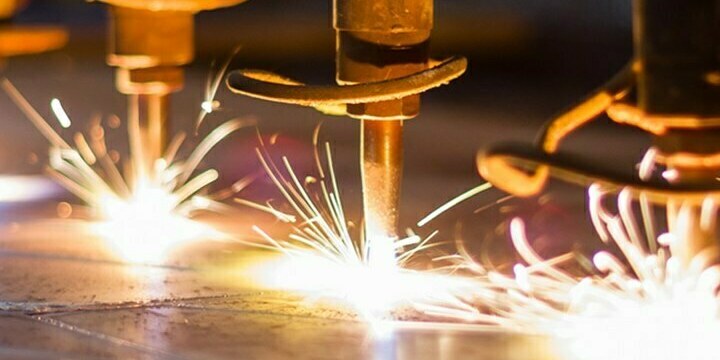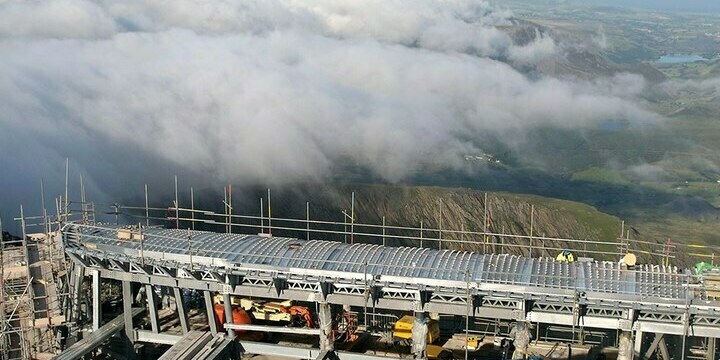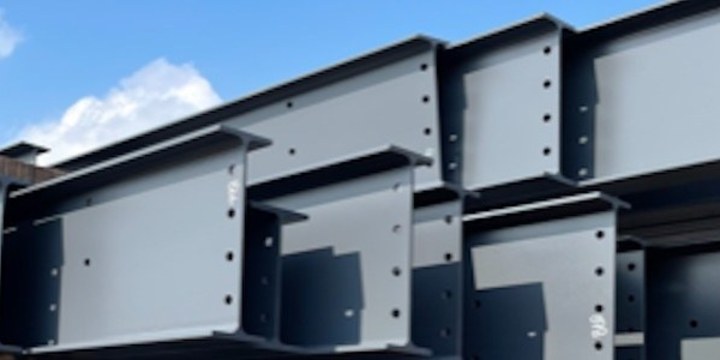A QUICK GUIDE TO ALL STEEL GRADES AND SIZES
Download a list of all the grades and sizes stocked as standard by Murray Plate.
High strength steels, which typically have densities of around 7800kg/m3, are mainly used in structural applications, and are sometimes otherwise known as structural steels. High strength low alloy (HSLA) steel is a type of alloy with a lower carbon content, typically between 0.05%-0.25% to enable formability and weldability.
As a result, it has better resistance to corrosion than carbon steel and better mechanical properties. Unlike other steels, high strength steels are not made to meet a specific chemical composition but to achieve specific mechanical properties.
Specifically designed for strength, toughness at low temperatures, and ductility, high strength steels are also specified for heavy duty applications – cars, trucks, heavy plant, roller coasters, cranes, bridges – in essence, anything that will be subject to large amounts of stress and therefore require a good strength to weight ratio.
The microstructure of this grade of steel comes from the addition of other alloy elements which include manganese, up to 0.2% of weight, along with small quantities of copper, nickel, niobium, nitrogen, vanadium, chromium, molybedebnum, titanium, calcium, rare earth elements or zirconium. Copper, titanium, vanadium and niobium are added specifically to enhance its strengthening properties.
Thanks to their lack of pearlite, high strength steels are less prone to rust.
Download a list of all the grades and sizes stocked as standard by Murray Plate.


